Since its launch 68 years ago, Sony has established itself as a leader in TVs, projectors, HiFi and audio products, but its brand strategy hasn’t always been as clear as its TV images. Trinitron, XBR, Qualia, WEGA — Sony has retired more TV sub-brands than some companies have every had. But one brand has stuck and now it’s expanding to include the company’s sound bar products as well.
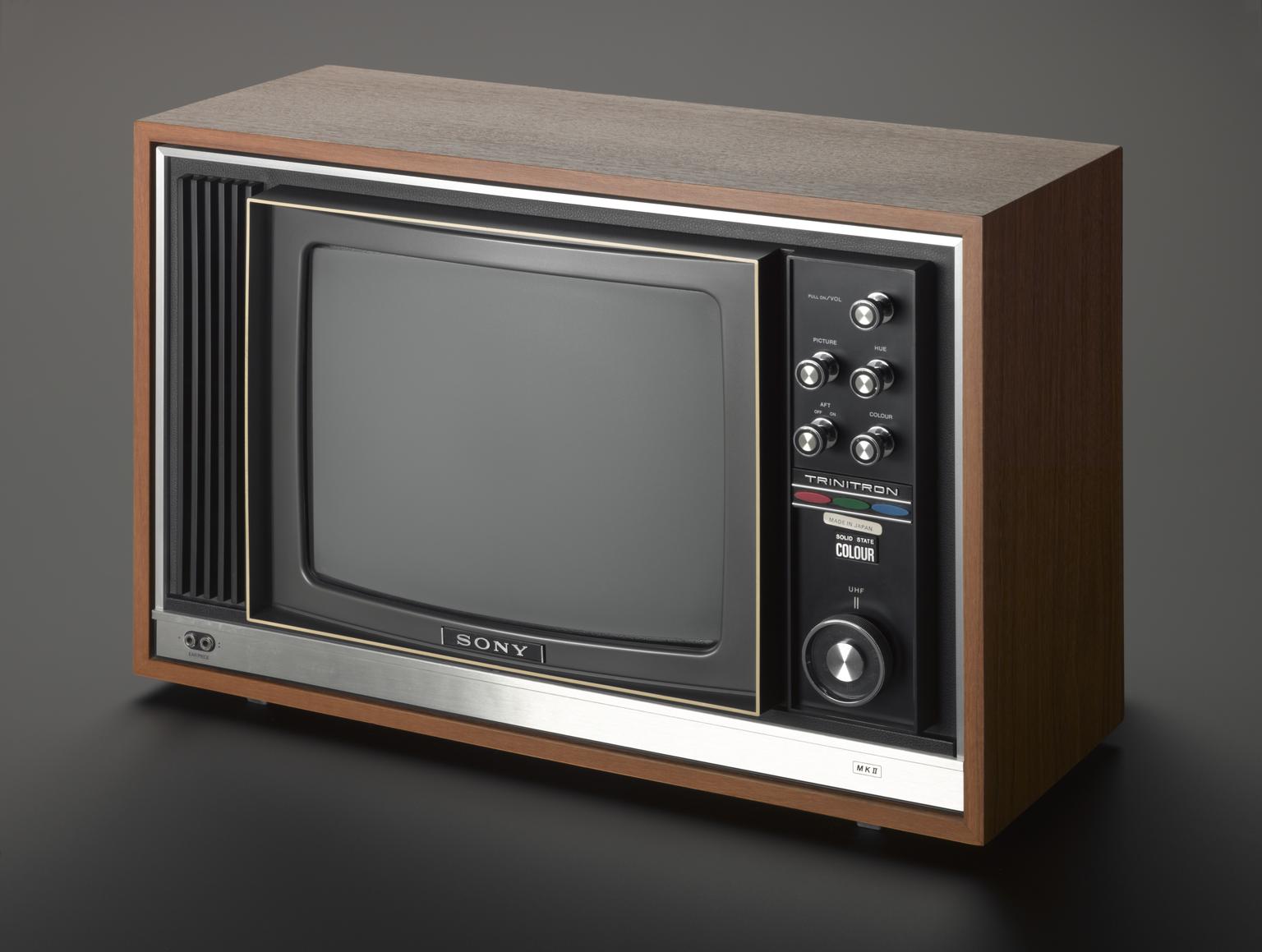
Since 2005, Sony BRAVIA (“Best Resolution Audio Visual Integrated Architecture”) has been the sub-brand used for the company’s televisions. Now it is not just the brand name but the model name of the company’s latest high performance LED/LCD and OLED TVs. The company has also expanded the BRAVIA brand for the first time to include home theater audio products such as soundbars and speakers.
This year’s new sound bars include the BRAVIA Theater Bar 8 and BRAVIA Theater Bar 9, while the TV line-up includes the BRAVIA 7 LED/LCD TV, BRAVIA 8 WRGB OLED TV and BRAVIA 9 LED/LCD TV. Ecoustics Founder and CEO Brian Mitchell and I got a chance to spend some quality time with these new products at a press event at Sony Pictures Studios last month and were impressed by what we saw and heard.
Sony BRAVIA: Cinema is Coming Home
The theme of the BRAVIA launch event was “Cinema is Coming Home.” And if any company has street cred on this topic, it’s Sony. From the cameras used to capture many of today’s top films and TV series, into the studios where these shows and movies are made, through the mastering and grading rooms where Sony professional broadcast monitors are used to grade content and finally into the home where Sony BRAVIA TVs and speakers are used to replicate the cinematic experience, Sony is involved in all aspects of movie and TV show creation and reproduction. From the lens to the living room, indeed.
BRAVIA Sound Bars: Slimmer, Simpler but Just as Powerful
For sound bars, we got to hear both of the new models. Each offers a smaller footprint than its predecessor, but with no decrease in sound power. The BRAVIA Theater Bar 8 ($999) sound bar replaces the HT-A5000 which I reviewed last fall and is approximately 32% smaller overall. The BRAVIA Theater Bar 9 ($1,399) replaces the flagship HT-A7000 and is 36% smaller.
Each sound bar can be expanded to provide real discrete surround sound (up to 7.1.4 channels thanks to side-firing and up-firing drivers) and extended bass by adding a pair of wireless rear speakers and a powered wireless subwoofer. Rather than launch a whole new line of surround speakers and subwoofers, the company is maintaining compatibility with the existing ones.
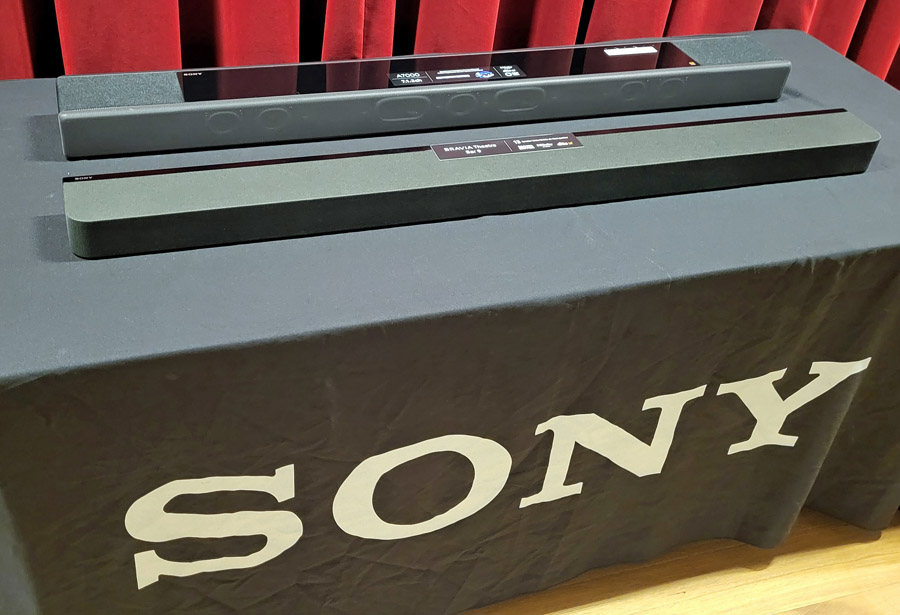
The SA-RS3S speakers ($349) add rear surround to either of the new sound bars while the SA-RS5 speakers ($599) provide rear surround and rear height via forward-firing and upward-firing drivers. The SA-SW3 subwoofer ($399) offers 200 Watts of power driving a 6-3/8-inch woofer while the larger SA-SW5 ($699) features a 300-Watt amp driving a 7-inch active woofer supplemented by a down-firing passive radiator to extend deep bass response. In my experience, the SW3 sub is competent, but the SW5 is definitely preferred if low bass is what you crave.
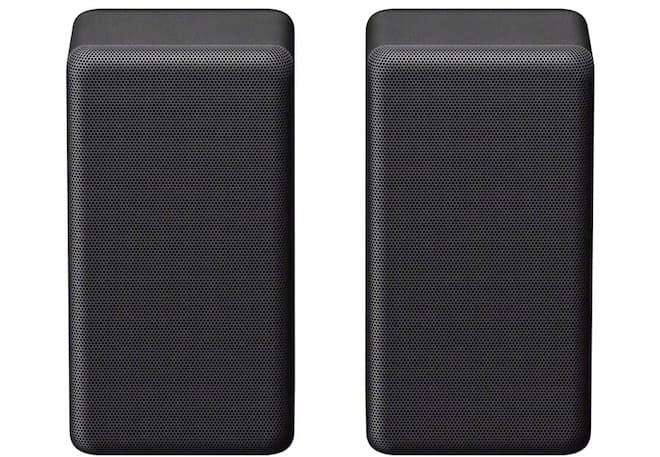
For sound formats, both bars support Dolby Atmos, DTS:X, IMAX Enhanced, 360 Reality Audio and High-Res Audio. They also use Sony’s 360 Spatial Sound Mapping to fill in the gaps between speakers for a more seamless sonic presentation from front to back and top to bottom. The company played us some Dolby Atmos home theater demos on each of the bars, including clips from “Dune” and “Gran Turismo” and they provided rich dynamic sound with good spatiality and decent bass extension. Unfortunately the rooms they were placed in had high, irregular ceilings so we didn’t get much in the way of height effects from the up-firing drivers in both sound bars. For best results, we’d recommend these be used in rooms with regularly shaped flat ceilings up to or less than 9 feet high. In those conditions I expect these new bars will produce some pretty impressive immersive surround.
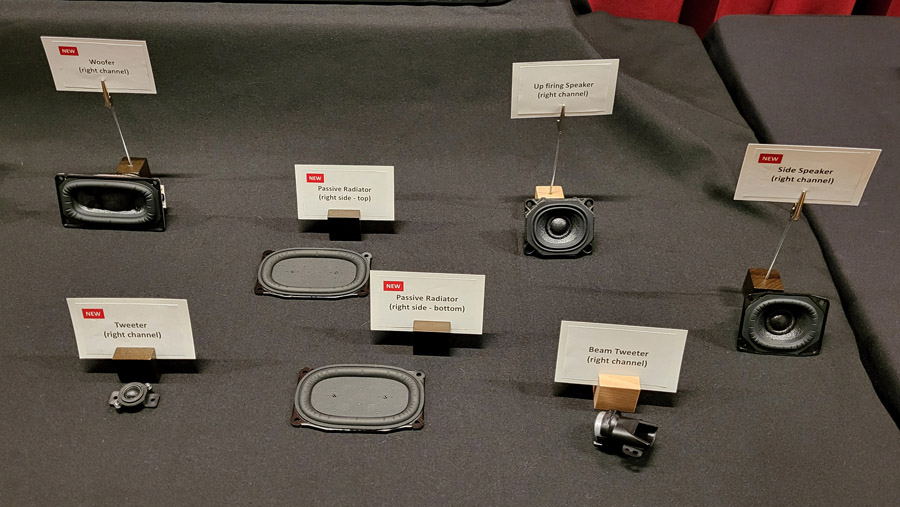
Both of the new sound bars omit the basic LED display that was included on their predecessors. If you want to see details like which surround format the bar is processing, this is displayed in the Sony “Home Entertainment Connect” app on your mobile phone or tablet. The sound bar remote control has also been streamlined with fewer buttons. Sound parameter adjustments can be made in the Sony mobile app or in the TV’s own settings menu if you pair one of these BRAVIA bars with a Sony TV.

In addition to the sound bars, Sony showed off their new BRAVIA Theater Quad ($2,499.99). This is a set of four wall-mountable speakers that use Sony 360 Spatial Sound Mapping technology to provide immersive surround sound from fewer speakers. In addition to front-firing drivers, each speaker includes angled top-firing drivers for height effects when reproducing Dolby Atmos, DTS:X and 360 Reality Audio immersive sound content.

Both of the new sound bars and the Quad speakers support Sony’s “Acoustic Center Sync” feature. This allows you to use the speakers built into a Sony TV as the center channel speaker, which helps to lock dialog on the screen. On Sony’s OLED TVs like the BRAVIA 8, which use actuators to energize the entire screen as a speaker, this feature can have pretty impressive results.
Get More Details and Specs on SONY’s New 2024 BRAVIA Home Theater Products

BRAVIA TVs: Can LED/LCD TVs Challenge the OLED King?
As video aficionados know, OLED TVs provide the best black levels of any current TV technology due to their instant-on/instant-off pixels. But LED/LCD TVs can reach higher peak brightness levels which makes them better able to reproduce fine highlights and bright peaks in HDR (High Dynamic Range) 4K content. Sony showed off their three top sets for 2024 at the event: the BRAVIA 7 and BRAVIA 9 are both LED/LCD TVs with MiniLED backlighting with advanced local dimming while the BRAVIA 8 is their next generation of OLED TV.
The new TVs feature numerous improvements over their predecessors including a new “Amazon Prime Calibrated Mode” which optimizes the picture quality for both the content being displayed and the current room lighting conditions. The feature is automatic and works with any content available on the Amazon Prime Video service including movies, episodic TV shows and live sports. “We are proud to be the first streamer to auto-calibrate picture settings, not just for movies and series, but for live sports as well,” said B.A. Winston, Amazon’s Vice President of Technology for Prime Video. The BRAVIA 7, 8 and 9 also include Netflix Adaptive Calibrated Mode and Sony Pictures Core (formerly “BRAVIA Core”) Calibrated Mode.
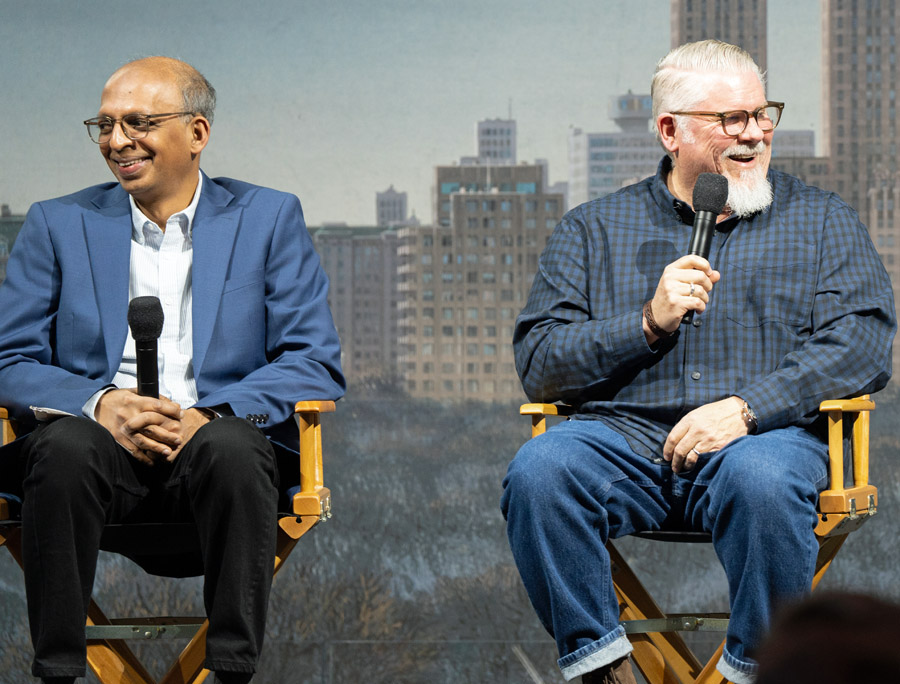
The most visible improvement on the LED sets was the improved peak brightness and contrast. The main contributor to this improvement is enhancements to the degree of control over the TV’s local dimming backlight. LED/LCD TVs require a backlight because the LCD panel itself is too dim to be seen by the naked eye. But if the TV just has one uniform backlight then the TV can’t easily reproduce deep black levels or high contrast images. The little LCD shutters can’t block out all that light effectively. The best LED sets use a large number of small individual backlights or “MiniLEDs” so they can get more precise in their backlighting.
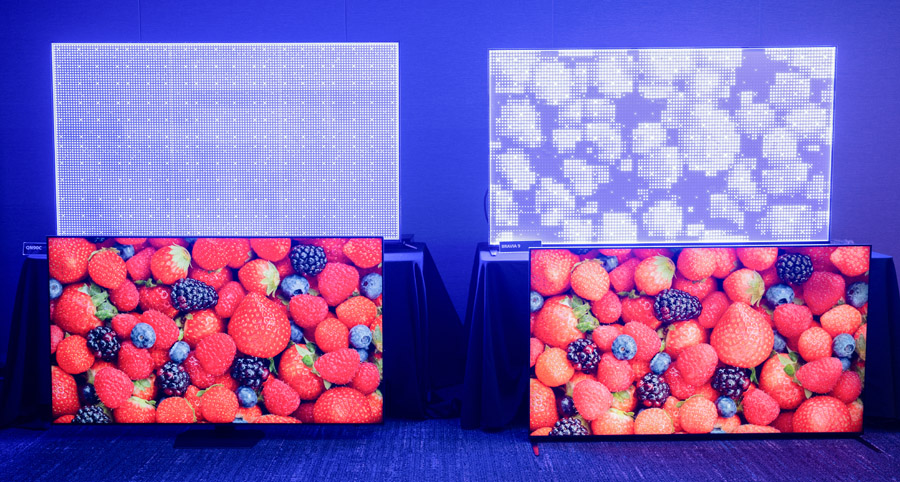
The backlights are arranged in “zones” which are each individually addressable for precise lighting control. The more precise a TV can get with its backlighting control, the better the image looks with nice bright peaks and nice dark black levels, good contrast and freedom from artifacts like uneven image uniformity or haloing around bright objects.
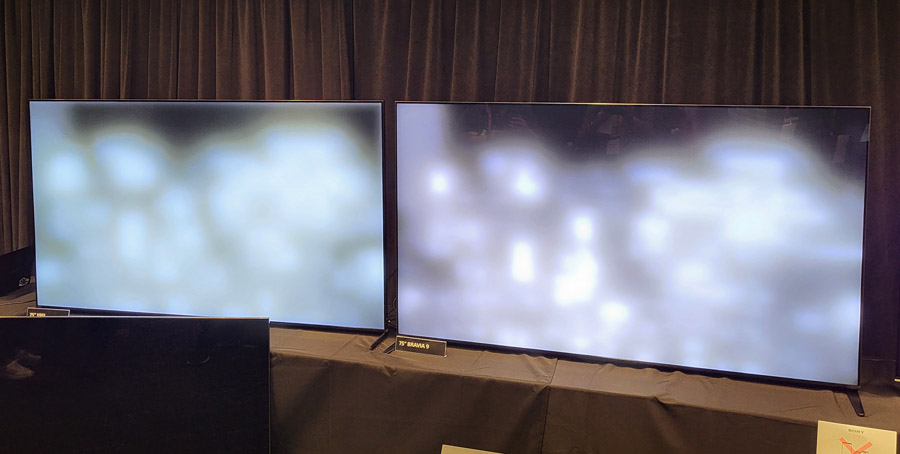
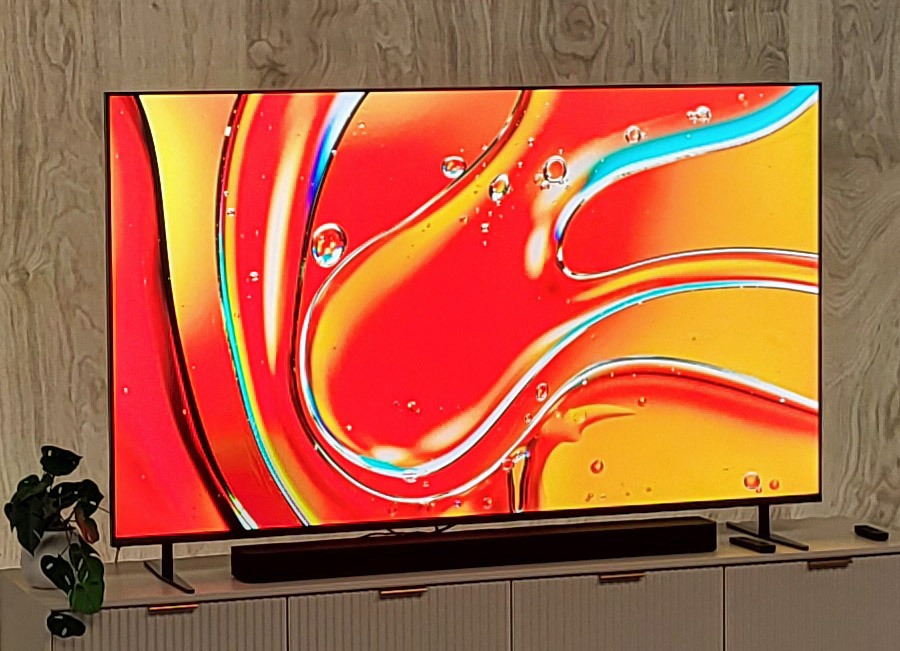
The BRAVIA 7 also features MiniLED backlighting with local dimming, albeit with fewer zones or gradations of lighting control compared to the BRAVIA 9. The BRAVIA 7 sample we saw still looked excellent on 4K HDR material with nice texture and detail visible on both bright and dark images, though it couldn’t hit the same brightness peaks of the BRAVIA 9. The BRAVIA 7 will be available in screen sizes of 55, 65, 75 and 85 inches.
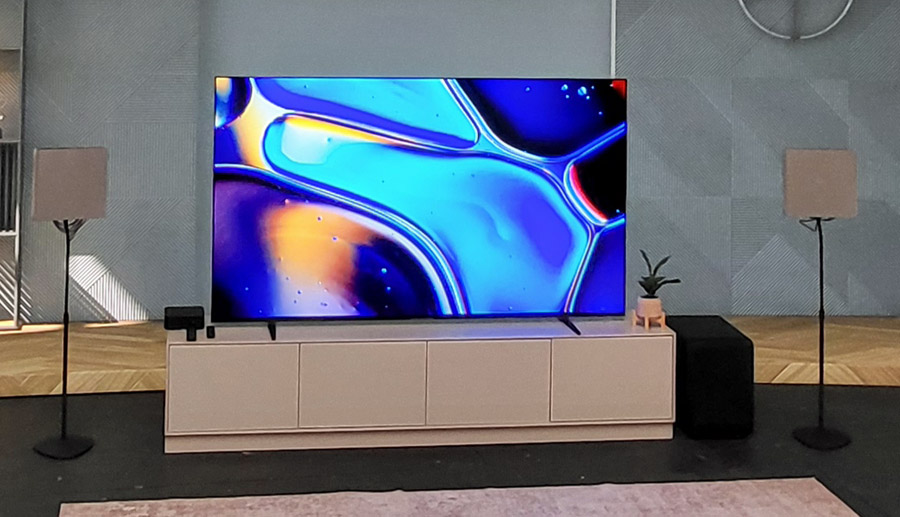
Sandwiched between the two LED/LCD TVs was the company’s new WRGB OLED TV, the BRAVIA 8. It looked quite similar to the 2023 model A80L I reviewed on Big Picture Big Sound with deep inky black levels and excellent color saturation. The new OLED model is 31% thinner with a 29% thinner bezel compared to the 2023 model, and adds DTS:X support as well as Amazon Prime Calibrated Mode. Company reps told us that the event that they also plan to release a new QD OLED TV (replacement for the current “King of TVs,” the A95L) later in the year. BRAVIA 10, perhaps? We shall see.
The company also showed off a more affordable BRAVIA LED/LCD TV, the BRAVIA 3. It lacks local dimming but offers a direct LED backlight and the same 4K X-Reality PRO upscaling as the BRAVIA 7 and BRAVIA 9.

We weren’t the only ones impressed by what we saw at the event. Sony also invited some of Hollywood’s top directors and cinematographers to check out the new sets. “We’ll spend weeks, if not months, color grading a movie — it is critical the consumer has an option to see it exactly as we intended. Thank you Sony, for making it easy,” said Joseph Kosinski, Director of “Oblivion” and “Top Gun: Maverick.” “I was floored how good it looked, and thought that is really what we created,” said Phil Sgriccia, Director of “The Boys.” If the folks who are actually making these films and series are impressed, this says something.
The Bottom Line
Seeing and hearing Sony’s latest TVs and home theater sound products left us pretty confident in the company’s present and future position as a provider of high performance consumer displays and speaker systems. I was particularly impressed with the performance of the BRAVIA 9 MiniLED/LCD Display. Its black levels and shadow detail could give my beloved OLEDs a run for their money and their reproduction of bright peaks and highlights was exceptionally strong. At a press dinner after the demos, we saw an actual LA sunset out the restaurant window and I was thinking, “Nah, it looked better on the Sony.”
Sony 2024 BRAVIA TVs and Home Theater Speakers Pricing for US and Canada (MSRP)
BRAVIA 9 Mini LED Flagship TV (85”, 75”, 65”)
- 85″ Class (84.6″ diag): MSRP $5,499.99 US/ $6.499.99 CA
- 75″ Class (74.5″ diag): MSRP $3,999.99 US/ $4,799.99 CA
- 65″ Class (64.5″ diag): MSRP $3,299.99 US/ $3,999.99 CA
BRAVIA 8 OLED TV (77”, 65”, 55”)
- 77″ Class (76.7″ diag): MSRP $3,899.99 US/ $4,899.99 CA
- 65″ Class (64.5″ diag): MSRP $2,799.99 US/ $3,399.99 CA
- 55″ Class (54.6″ diag): MSRP $1,999.99 US/ $2,499.99 CA
BRAVIA 7 Mini LED TV (85”, 75”, 65”, 55”)
- 85″ Class (84.6″ diag): MSRP $3,499.99 US/ $4,699.99 CA
- 75″ Class (74.5″ diag): MSRP $2,799.99 US/ $3,599.99 CA
- 65″ Class (64.5″ diag): MSRP $2,299.99 US/ $2,699.99 CA
- 55″ Class (54.6″ diag): MSRP $1,899.99 US/ $2,299.99 CA
BRAVIA 3 LED/LCD TV (85”, 75”, 65”, 55”, 50”, 43”)
- 85″ Class (84.6″ diag): MSRP $1,799.99 US/ $2,499.99 CA
- 75″ Class (74.5″ diag): MSRP $1,299.99 US/ $1,699.99 CA
- 65″ Class (64.5″ diag): MSRP $999.99 US/ $1,299.99 CA
- 55″ Class (54.6″ diag): MSRP $849.99 USD MSRP/ $999.99 CA
- 50″ Class (49.5″ diag): MSRP $699.99 USD MSRP/ $849.99 CA
- 43″ Class (42.5″ diag): MSRP $599.99 USD MSRP/ $749.99 CA
BRAVIA Home Theater Speakers
- BRAVIA Theater Quad – $2,499.99 US/ $2999.99 CA
- BRAVIA Theater Bar 9 – $1,399.99 US/ $1899.99 CA
- BRAVIA Theater Bar 8 – $999.99 US/ $1499.99 CA
- BRAVIA Theater U – $299.99 US/ $399.99 CA
Related Reading:

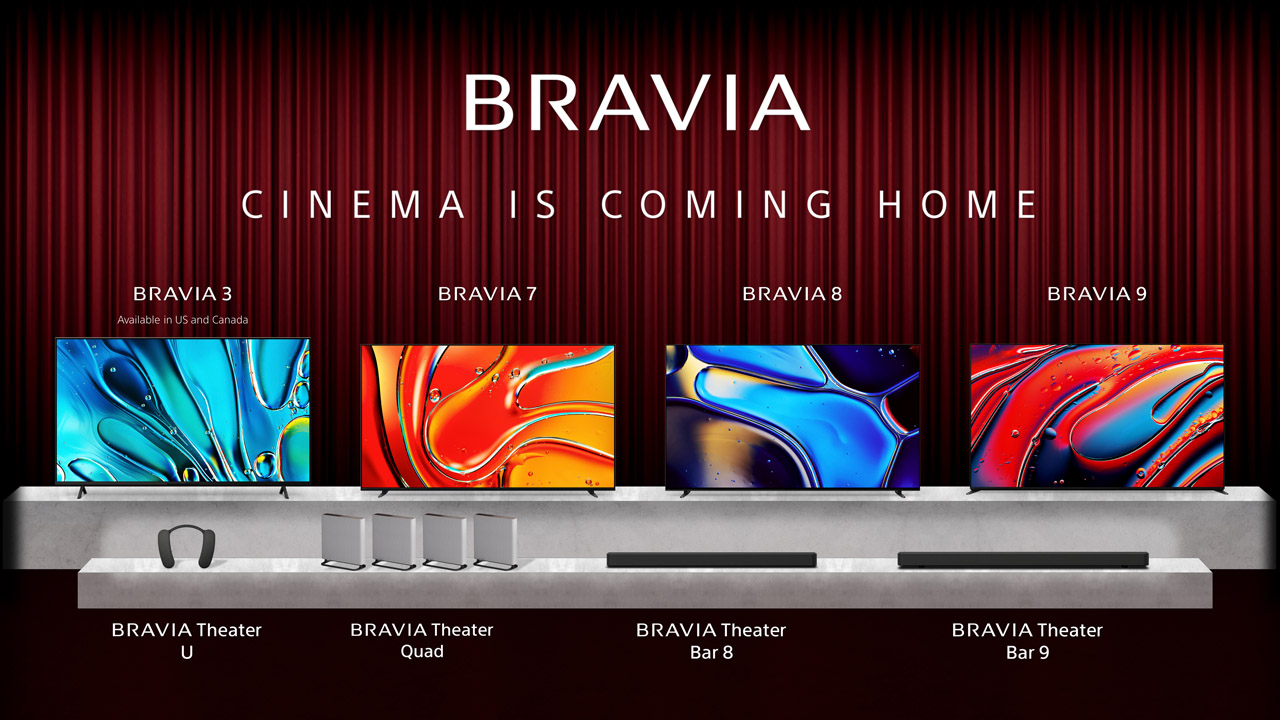


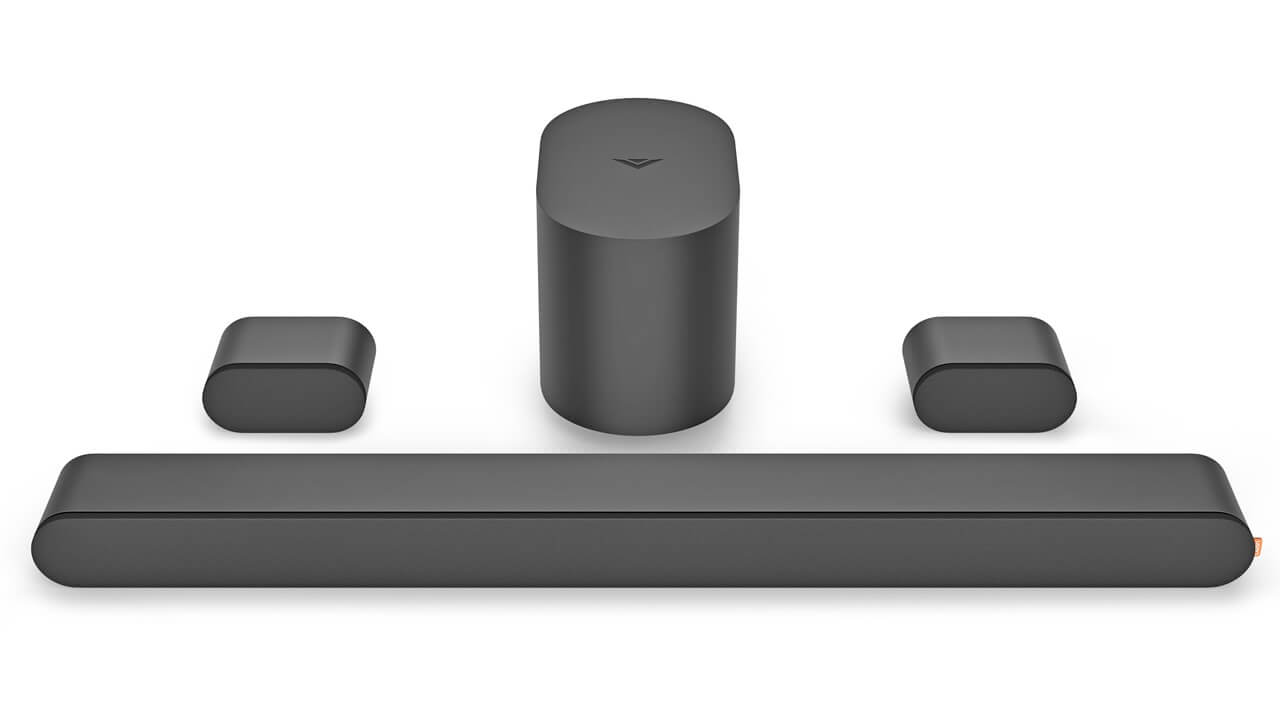
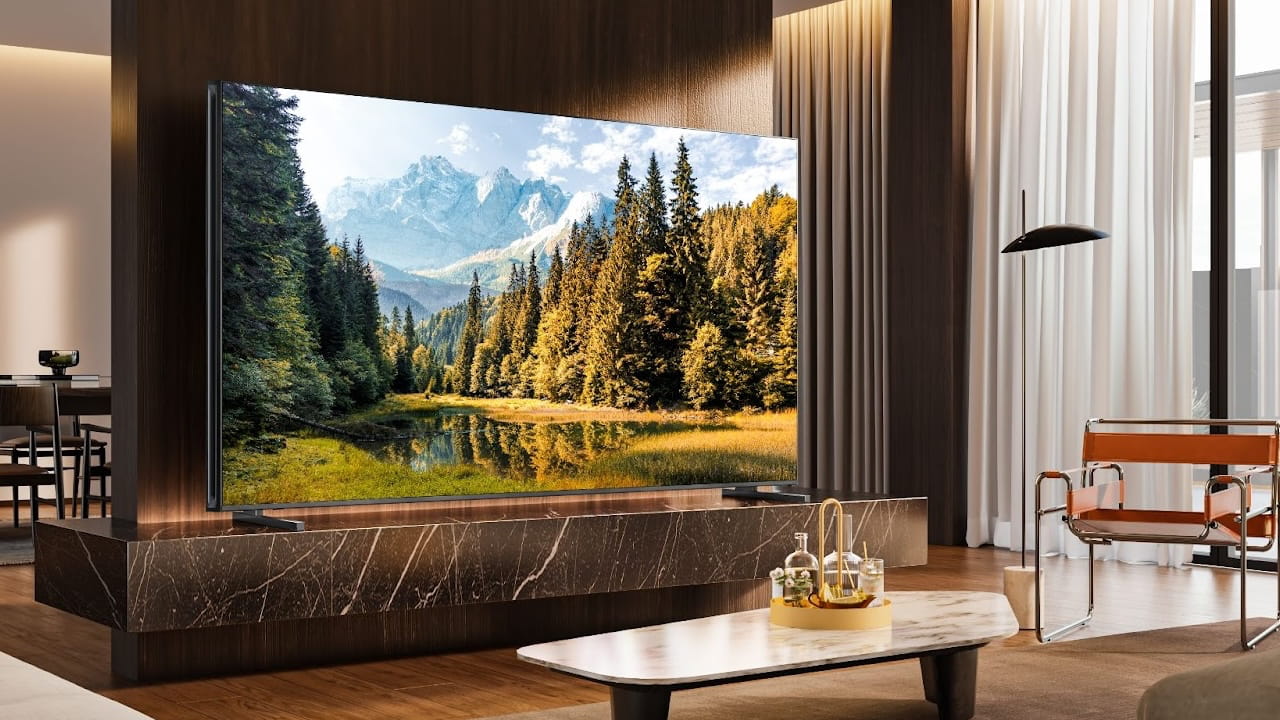
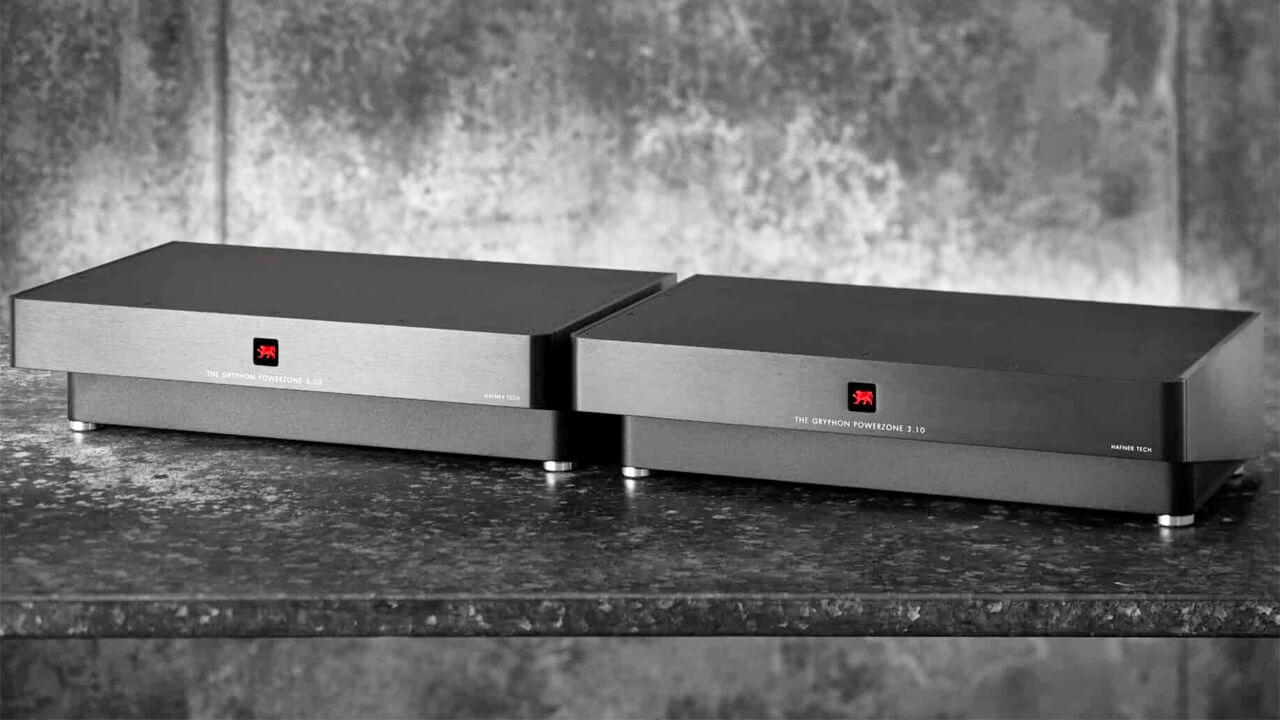



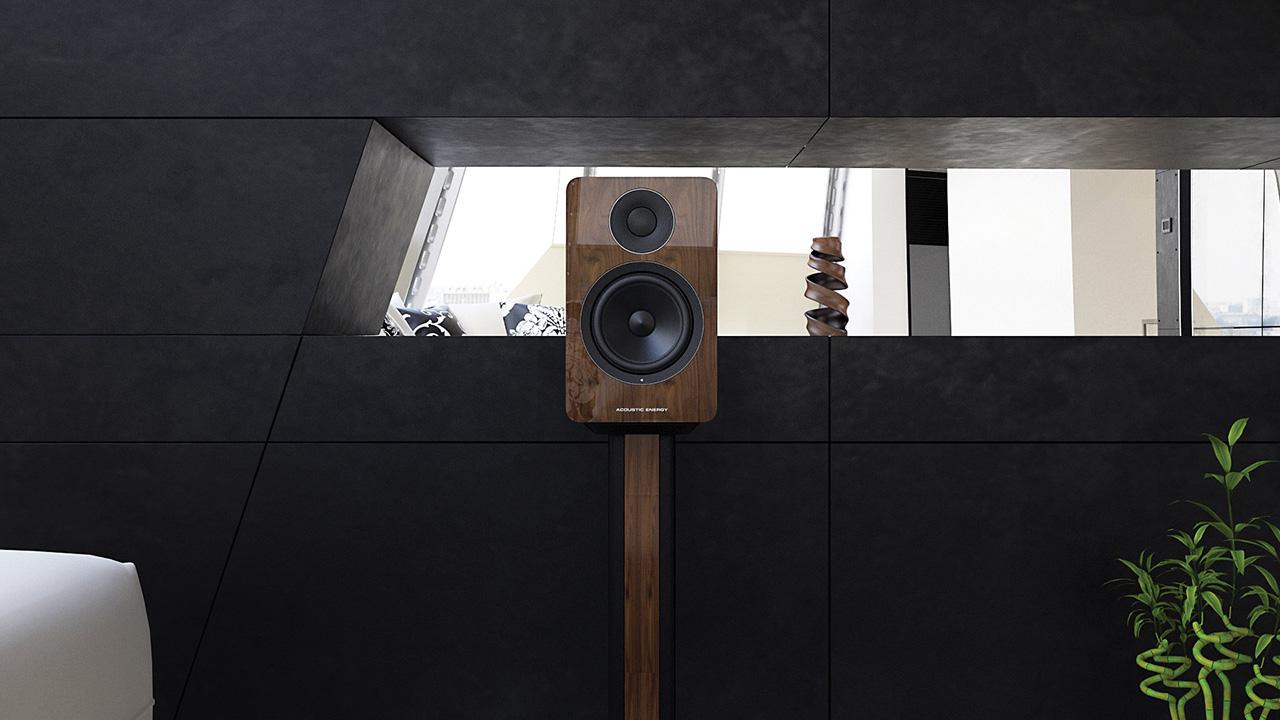


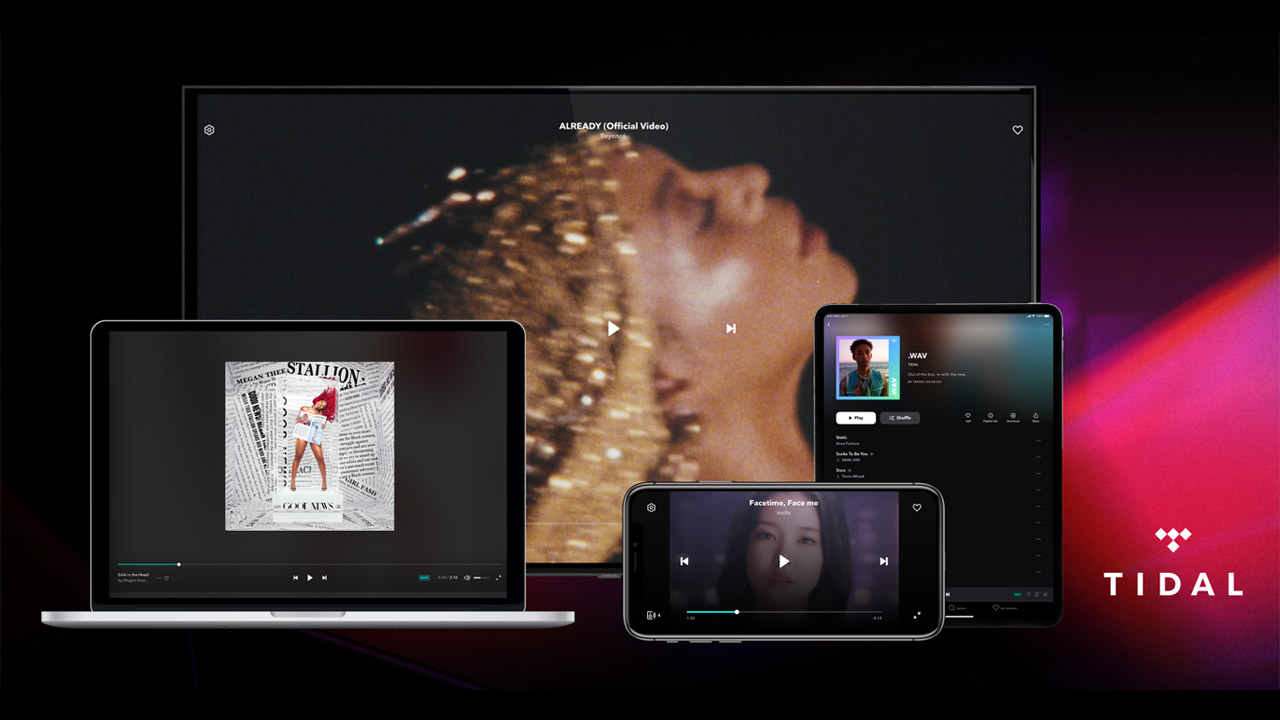
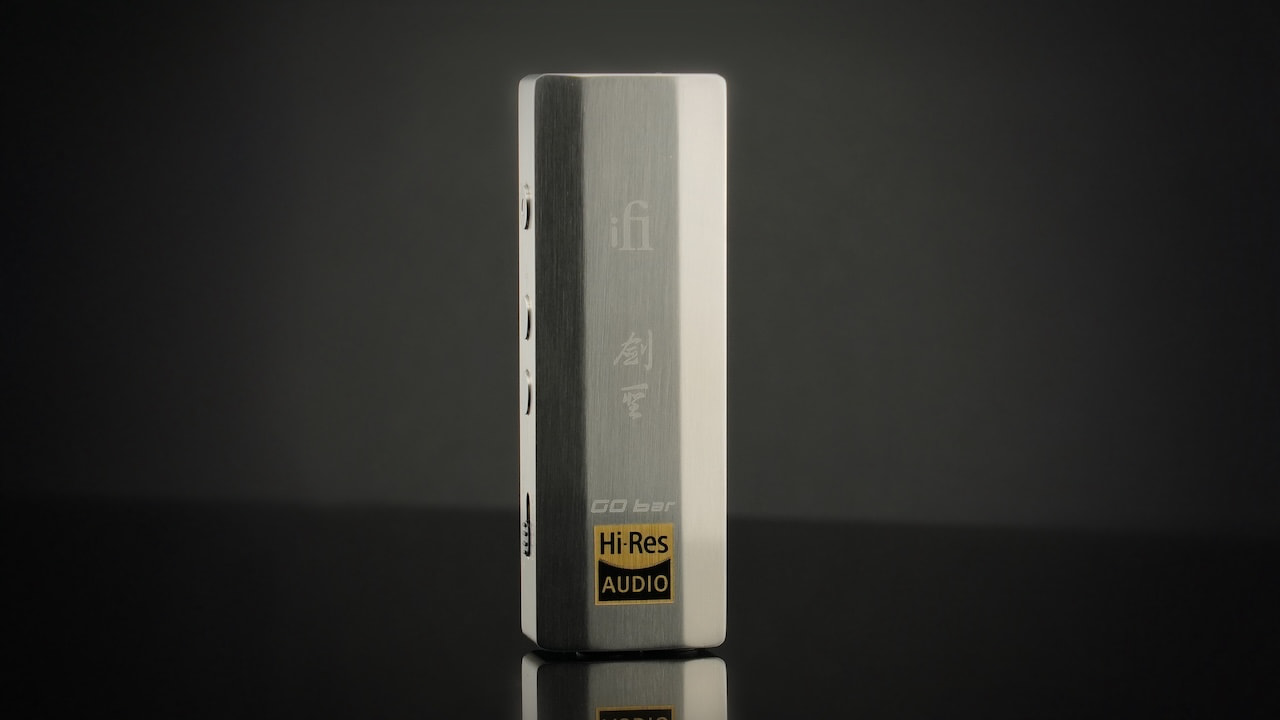



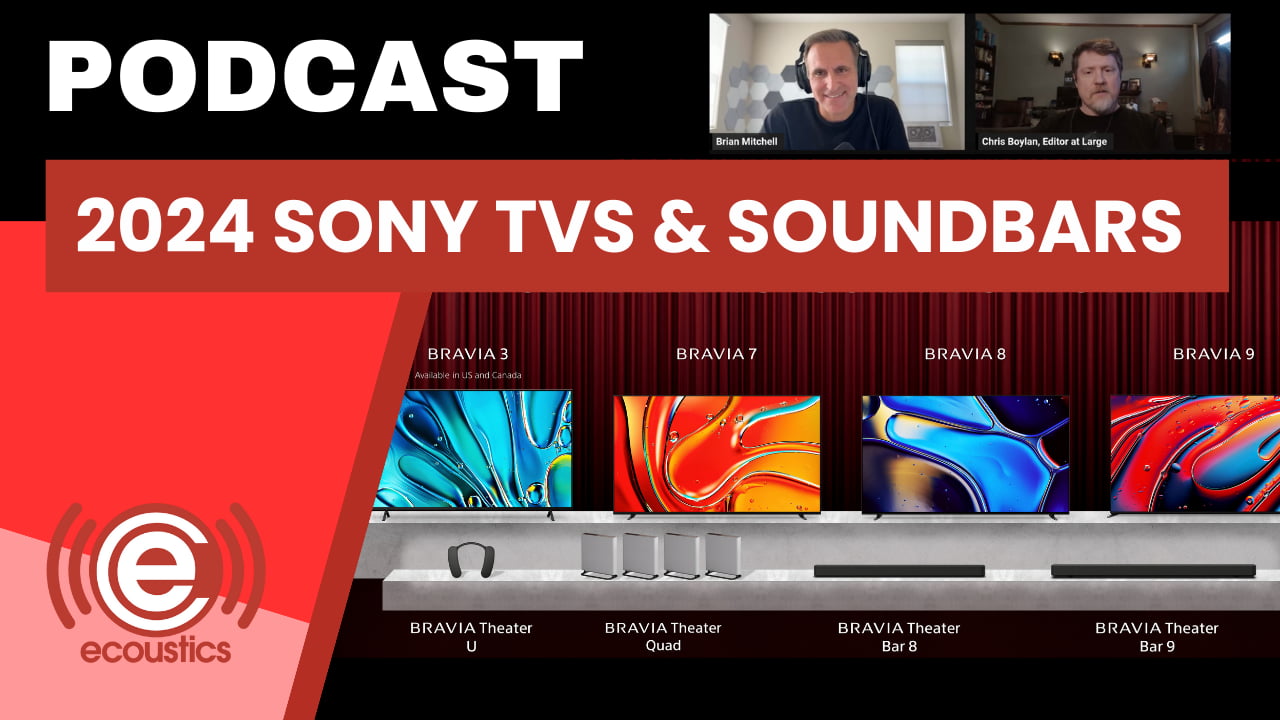

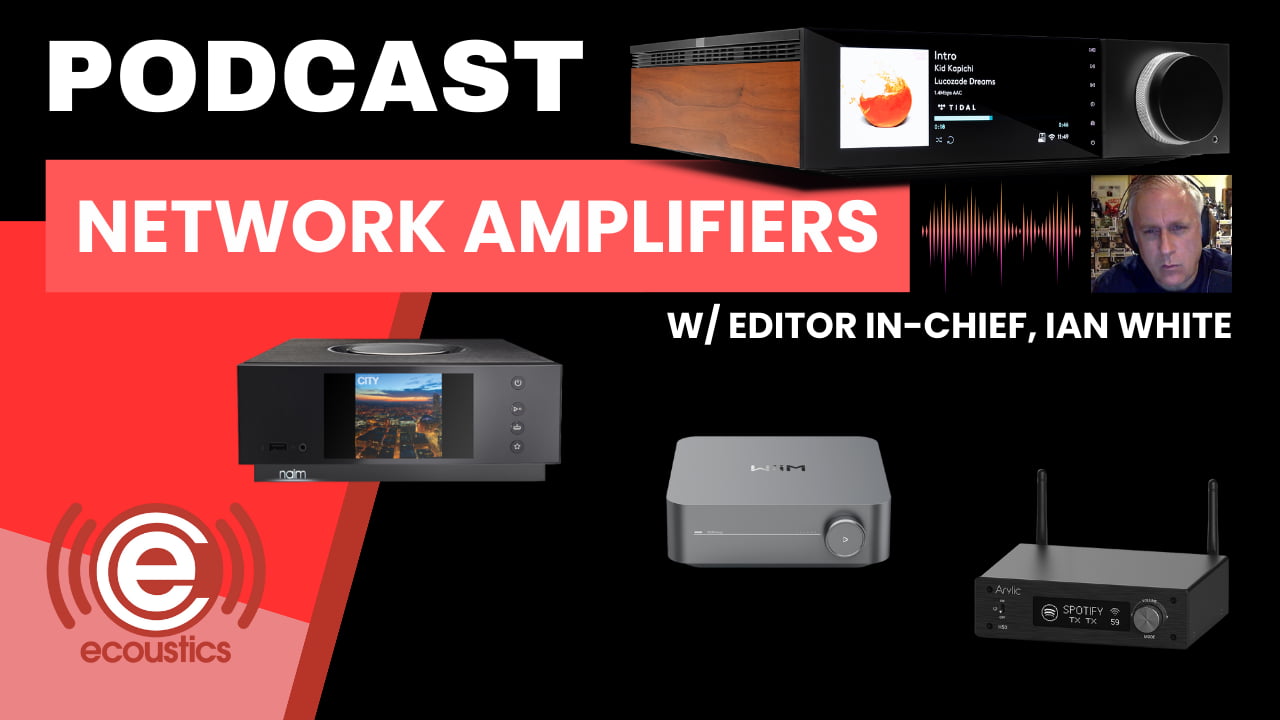
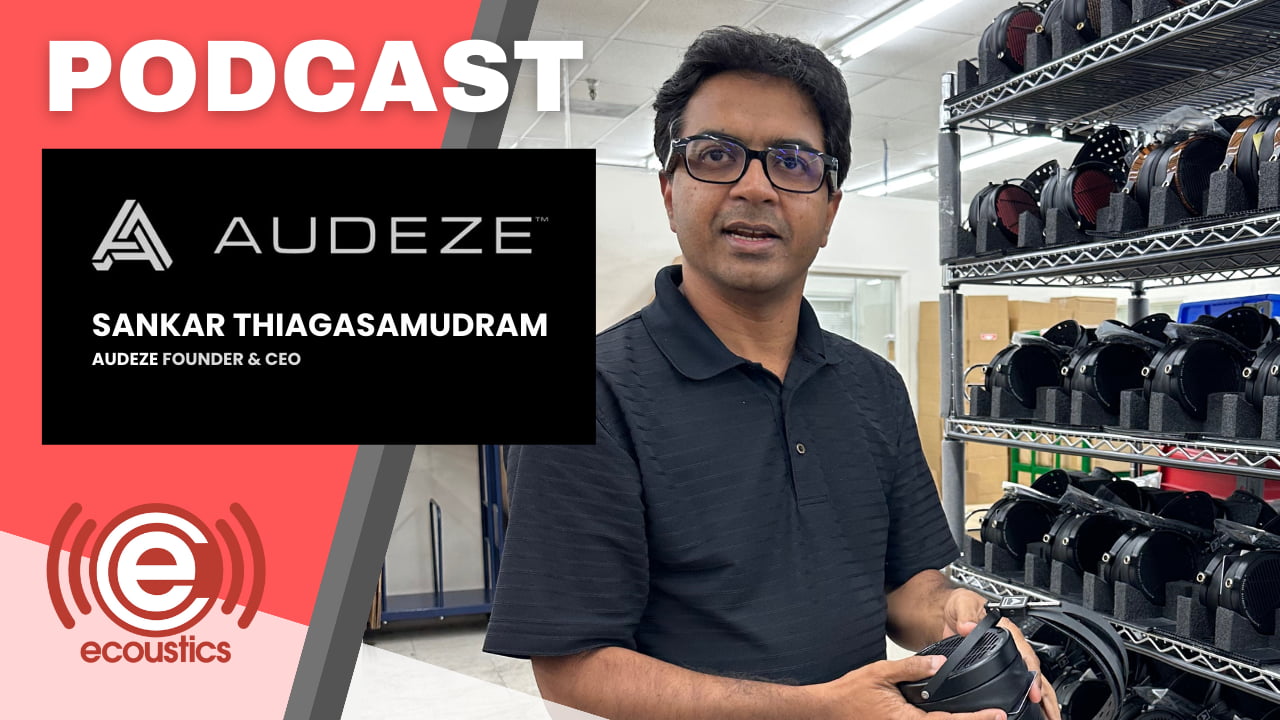
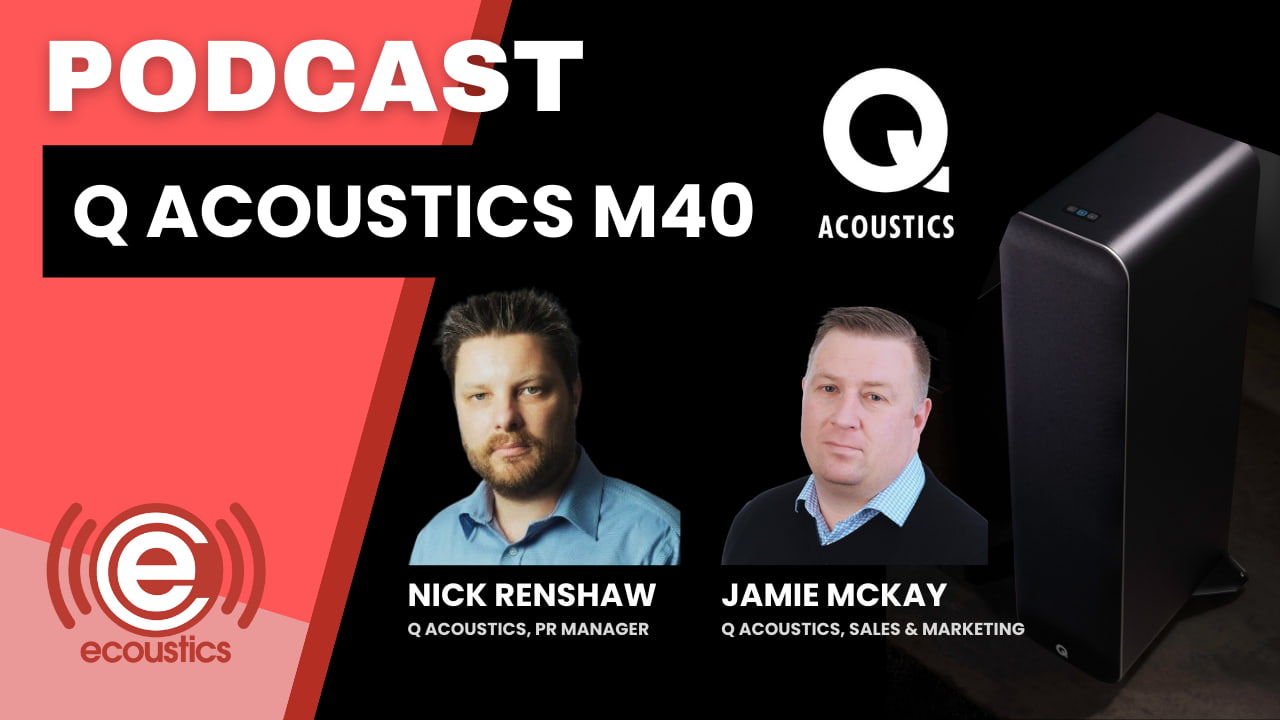


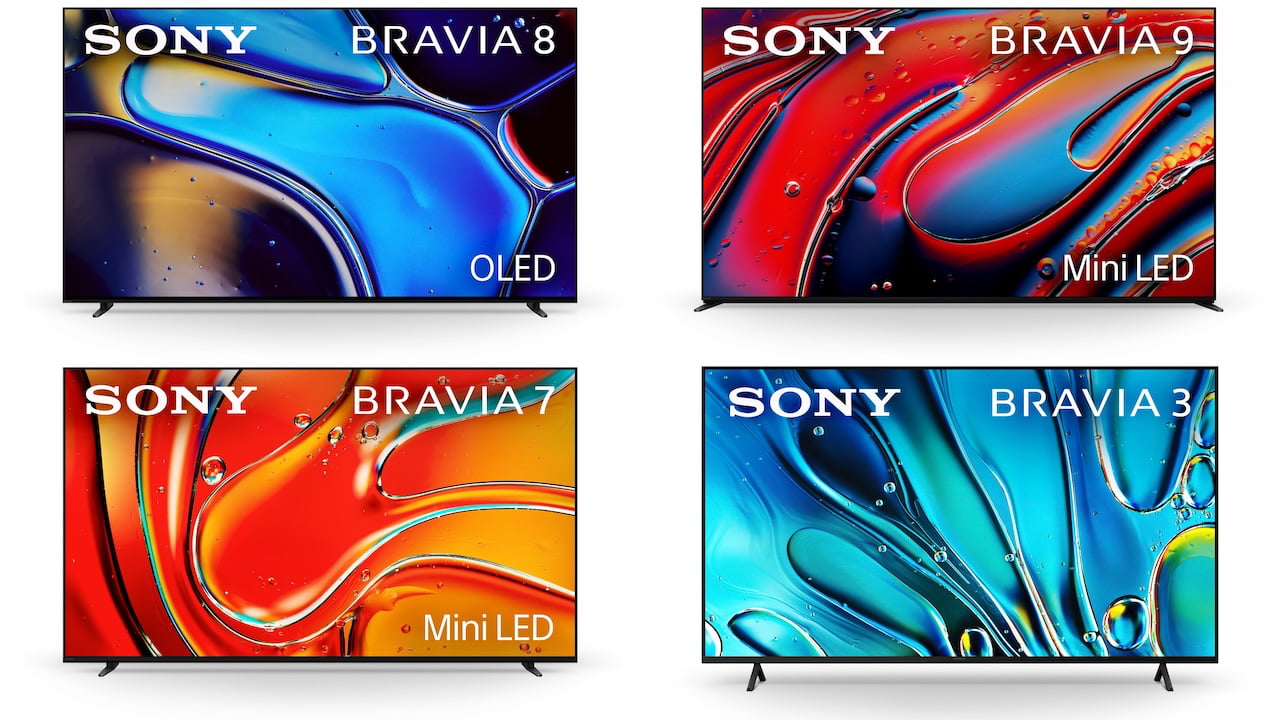
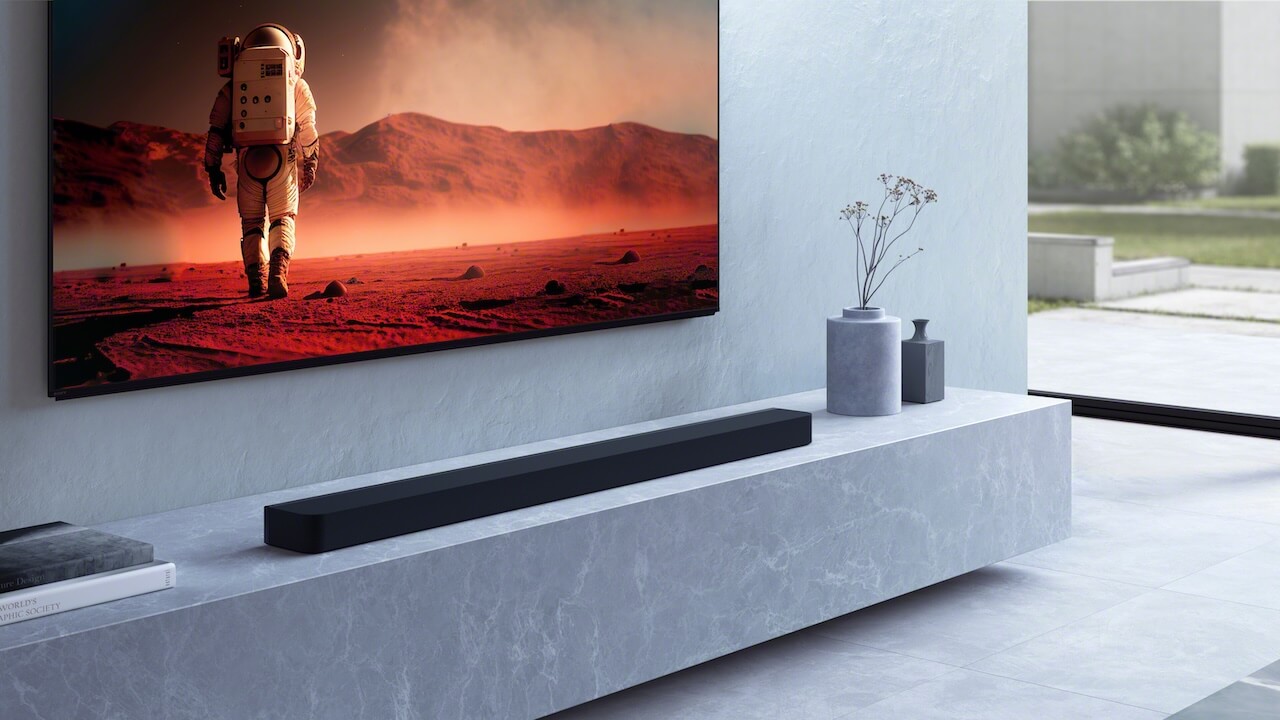

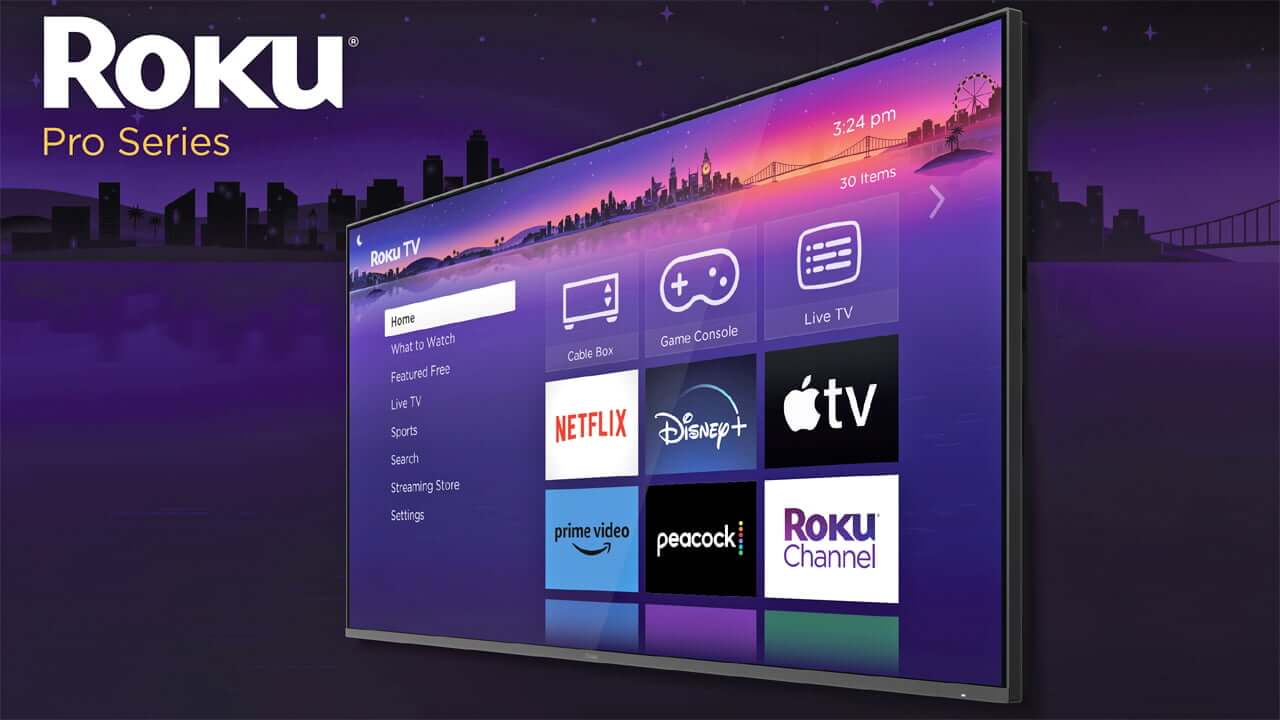

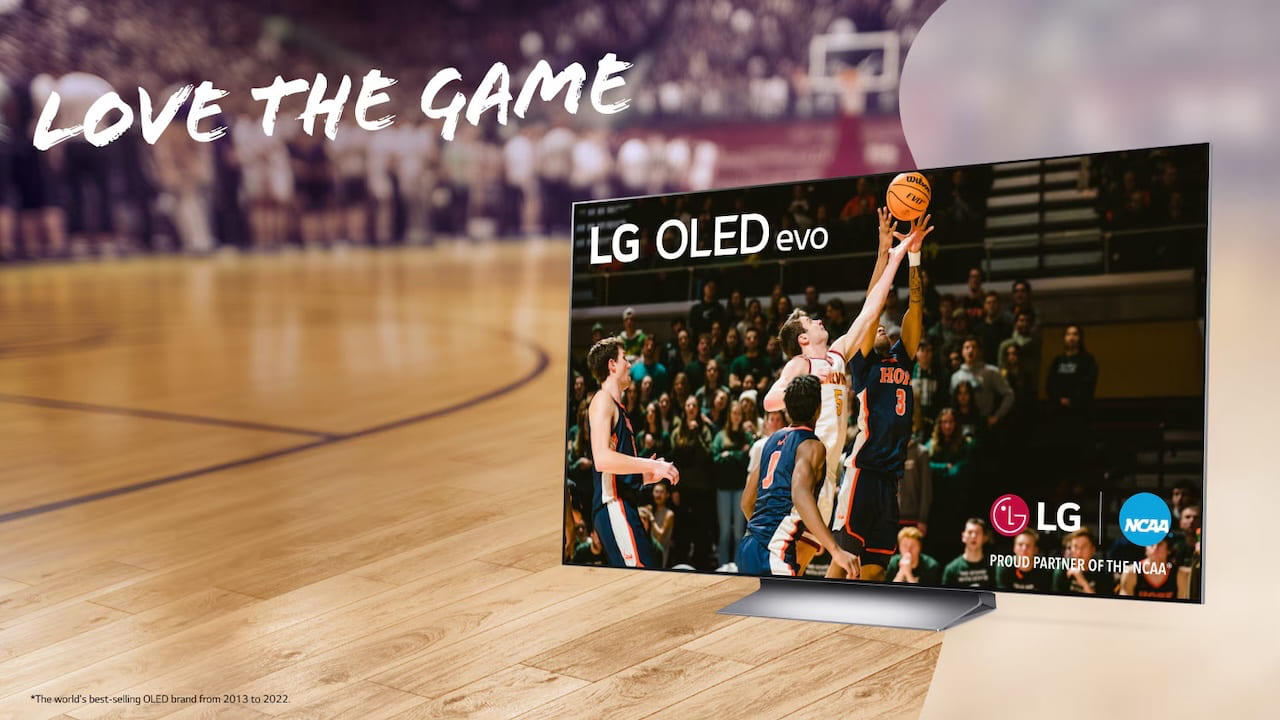











Asa
April 17, 2024 at 7:03 pm
I have three Sony TVs (one used as a computer monitor) that have all been purchased in the last three years. I’ve never had any issues with them nor their video production hardware (camera’s, mics, etc.), however, one of the three would never fully turn on from day one. I boxed it up, UPS picked it up, and I received a new one which has been flawless since (thanks Crutchfield!).
Those prices are also quite competitive considering how Sony prices things ↑.
Thanks for details, Chris.
Chris Boylan
April 17, 2024 at 10:01 pm
You’re welcome. I haven’t owned a Sony TV for two decades, but I have reviewed a few, as well as their audio products and have found them to be solid performers overall. This year’s batch looks pretty cool and I’m looking forward to getting my hands on them.
ORT
April 17, 2024 at 10:01 pm
Dr. Egon Spengler:
I’m worried, Ray. All my readings point to something big on the horizon.
Winston ZeddemORTe:
What do you mean, “big”?
Dr. Egon Spengler:
Well, let’s say this Twinkie represents the normal amount of psychokinetic NITS in the average big screen TV. Based on this morning’s reading, it would be a Twinkie thirty-five feet long, weighing in with approximately 4,000 NITS give or take a Wit.
Winston ZeddemORTe:
That’s a NITload of Twinkie.
ORT